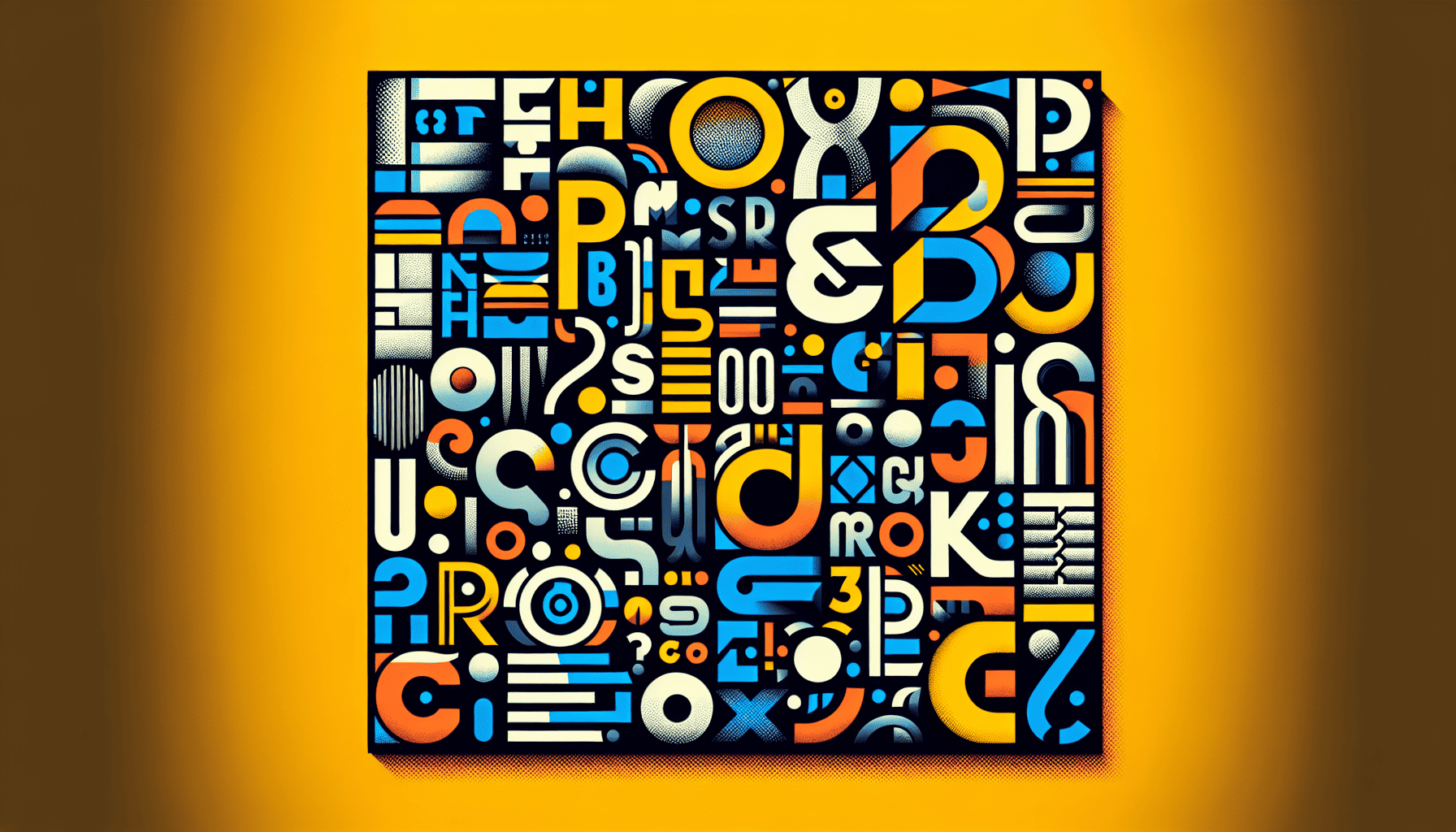As we step into 2024, the world of typography is poised for a transformative evolution, setting new benchmarks for design aesthetics across various media. Designers and creative professionals are increasingly exploring innovative approaches to typography, incorporating advancements in technology, and responding to shifts in cultural and consumer expectations. Here are some of the most promising typography trends that are set to redefine design aesthetics this year.
1. Variable Fonts: Adaptive and Responsive
Variable fonts have been gaining traction, and their prominence is expected to surge in 2024. These fonts allow designers to create flexible, responsive text that adapts seamlessly to different devices and user preferences. By adjusting weight, width, and slant dynamically, variable fonts provide an optimal reading experience without sacrificing design quality. Their efficiency in terms of file size and load times positions them as a staple in both web and mobile design.
2. Retro Revival: Nostalgia Meets Modern Innovation
Retro aesthetics continue to inspire the design world, and typography is no exception. In 2024, expect to see more typefaces that draw from the past, yet are infused with contemporary flair. Typeface styles reminiscent of the 70s and 80s, characterized by bold, geometric, and psychedelic elements, will have a resurgence. These nostalgic designs will be paired with modern color palettes and digital effects to create unique and visually striking compositions.
3. Maximalism: The Art of Overstatement
While minimalism has reigned supreme for years, maximalism is making a bold entry. This trend embraces exaggeration, complexity, and eclecticism, with typography playing a crucial role. Expect designs that showcase oversized, elaborate letterforms, and intricate type arrangements. Such typographic expressions break the conventional norms of legibility and subtlety, inviting the audience to engage more deeply with the visual narrative.
4. Experimental and Custom Typefaces
2024 will see an increasing demand for experimental and custom typefaces that express individual brand identities. As brands seek to differentiate themselves in a saturated market, bespoke typography can convey authenticity and uniqueness. Designers will venture beyond standard type forms, exploring alternative materials, unconventional structures, and artistic interpretations to create truly distinctive typographic elements.
5. Integration of Typography and Augmented Reality (AR)
As AR technologies mature, their integration with typography will become more prevalent. AR offers designers a new playground where text can interact dynamically with the environment. This can enhance storytelling, improve user engagement, and provide immersive experiences. By blending the virtual and physical worlds, designers can experiment with how typefaces behave in spatial contexts, opening up endless creative possibilities.
6. Sustainable Design Choices
Sustainability is a growing concern in all areas of design. In typography, this translates to choices that reduce digital waste and promote longevity. Designers are opting for typefaces that perform well across various media to minimize the need for constant redesigns or updates. Additionally, typography that emphasizes clarity and user-friendliness contributes to more sustainable UX/UI decisions, aligning with broader ecological goals.
7. AI-Enhanced Typography Tools
Artificial intelligence continues to revolutionize creative processes, and typography is no exception. AI-powered tools offer designers new ways to explore type pairings, kerning, and other nuances by analyzing immense amounts of data and generating suggestions based on current trends and historical aesthetics. These tools can significantly reduce the time required for design experimentation, allowing more time for creative ingenuity.
As these trends take shape in 2024, typography remains an influential force shaping how messages are perceived and consumed. By embracing these emerging trends, designers have the opportunity to push the boundaries of conventional design, creating meaningful and resonant visual experiences tailored for an ever-evolving audience. Whether through nostalgia-tinged fonts or cutting-edge technology, the future of typography is as dynamic and intriguing as ever, offering endless possibilities for innovation and expression.
